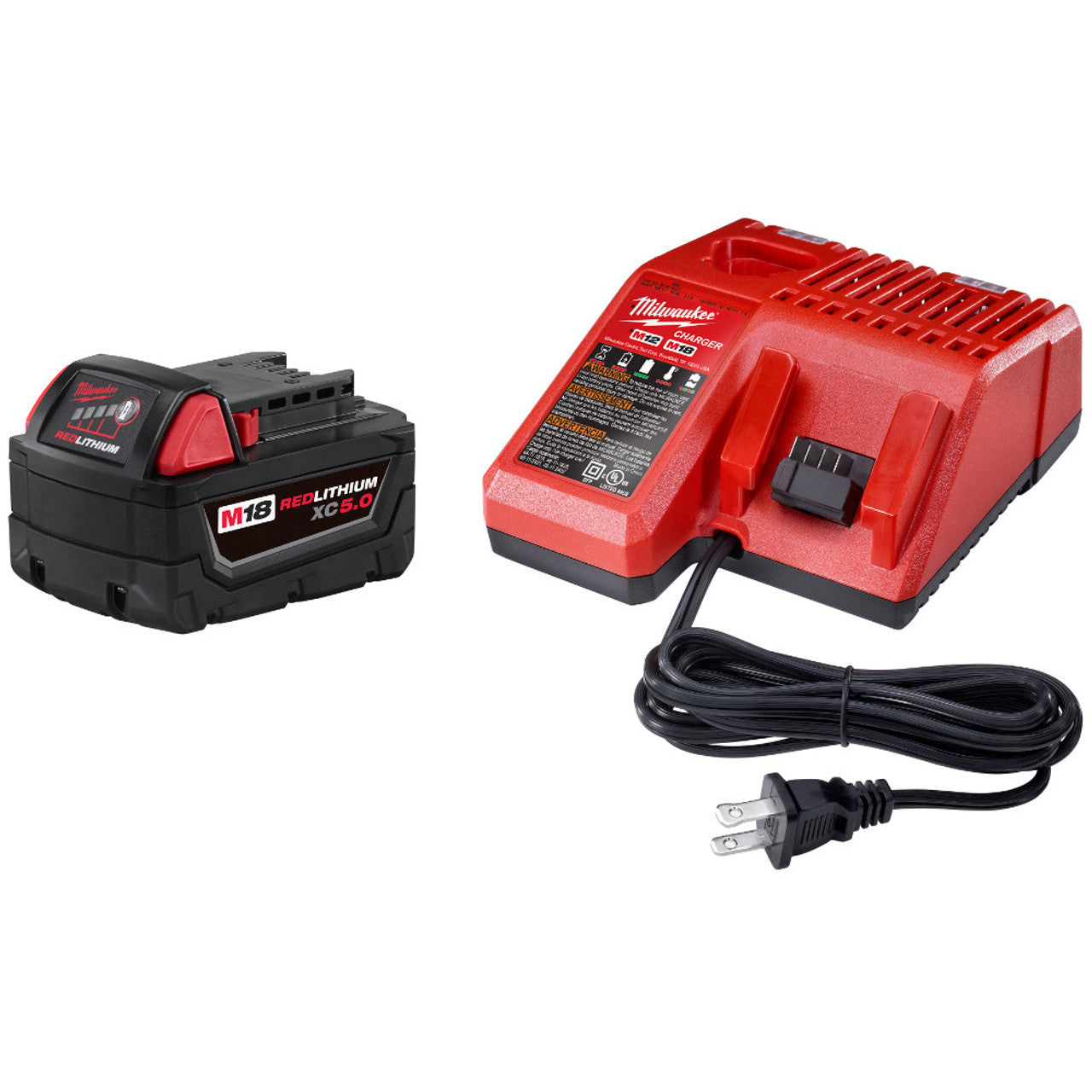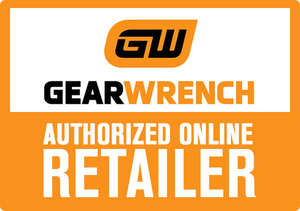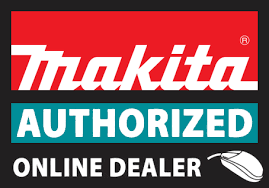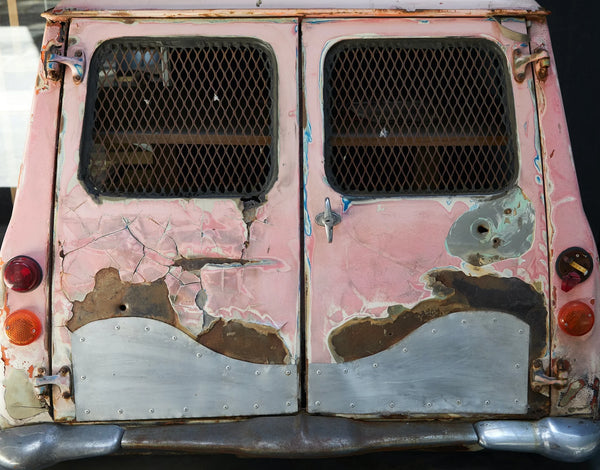No one disputes that keeping your car rust-free is vital. However, have you ever wondered what causes rust or how you can prevent it? This article will answer those and other questions that will give you a clear idea of why rustproofing and undercoating should be part of your routine car maintenance.
What is the main cause of rust in our cars?
Rust on your car directly results from moisture and other oxidizing agents (such as saltpetre) coming in contact with poorly protected steel parts.
Although car manufacturers have incorporated many composite body materials over the years, most of the body and chassis are still made of steel alloys. Since the chassis is constantly exposed to rainwater, humidity, snow, salt, and other corrosive elements, it is usually the area most affected by rust.
However, the underside of the doors and fenders are problem areas also susceptible to rust.
Why is rust a problem in cars?
Beyond aesthetics, rust in cars is a problem that affects passenger safety. Many people associate car rust with an aesthetic problem that affects resale value.
While that is true, so is the risk posed by a frame suffering from severe rust. Frame rust is considered a critical problem because it affects the structural integrity of the chassis and can lead to serious traffic accidents.
An important point to keep in mind is that this is not a problem exclusive to older vehicles, as many modern SUVs suffer from serious frame rust problems.
Are rust treatments necessary?
The short answer is yes, undercoating, as well as rust-proofing your car, is a must. Furthermore, for safety reasons, it should be part of your annual maintenance.
More and more vehicles are presenting frame rust problems. This is partly due to the popularity of SUVs using steel chassis that do not receive adequate protection from the factory.
Proof of this is the countless claims of body and frame rust or the lawsuits against automakers, such as the notorious case that forced Toyota to recognize that the frames of several of its pickup trucks and SUVs suffer from premature rust.
How can I prevent my car from rusting?
The most efficient and economical way to stop your car from rusting is to apply the proper protection to the bodywork and chassis. In short, rust-proofing and undercoating your car using a quality product.
Relying on factory anti-rust treatment is not a good idea. This is especially true if you live in an area near the coast. For that reason, the best way to protect both your investment and your safety is to apply proper treatment to the body and chassis on a regular basis.
Do you need to rust-proof your car every year?
Depending on the area where you live, it is best to rust-proof your car once or twice a year. Even if you think your car is well protected, we suggest rust-proof your car at least every two years.
Applying a proper rust treatment to your car takes between 30 and 60 minutes, depending on the time of year and the level of humidity.
Considering how fast rust-proofing your car is, there is no excuse for neglecting this vital routine maintenance.
Are rustproofing and undercoating the same thing?
No.
Although similar, rustproofing and undercoating is not the same thing.
Rust-proofing involves protecting critical body parts of the car from rusting, while undercoating is a protective treatment applied only to the underside of the car.
A common mistake among drivers is to confuse rustproofing with undercoating. Listed below is a summary of the differences between the two treatments.
Rustproofing
- Includes all rust-prone areas of the vehicle such as bumpers, body panels, exposed welds, interior surfaces of doors, tailgates, hoods, etc.
- Some service centers include undercoating as part of the rust-proofing treatment.
- Generally, rust-proofing treatments are based on clear waxes that do not alter the appearance of the treated parts.
- The rust-proofing process is more associated with maintaining the appearance and condition of the bodywork.
Undercoating
- This treatment is focused on protecting the chassis and underside of the car.
- Usually, undercoating requires a special application gun that does not clog easily when applying the treatment.
- Usually, the product used for undercoating treatments is a relatively thick compound of fibreglass, wax, rubber, ceramics, silicone, asphalt, or petroleum (or a mix of them).
- This treatment is recommended for vehicles that are constantly exposed to inclement weather as they are more susceptible to premature rusting.
Are undercoating and rustproof mutually exclusive?
Not at all.
In fact, for maximum protection against the elements, it is recommended to apply both.
Whether you are a fan of Overlanding, off-roading, or live in areas with high humidity, the solution to keeping your car rust-free is to perform timely preventive maintenance.
For this, nothing better than our Rodac RDAP7 Heavy-Duty Rust Proofing / Undercoating gun.
This professional-grade application gun comes with all the necessary accessories to apply both rust-proofing and undercoating and reach the most difficult areas of the car. Moreover, its unique high-pressure design makes it ideal for all types of products without clogging or loss of performance.
What are you waiting for?
Contact us today for more information about our line of car detailing products and equipment.







































































































































































